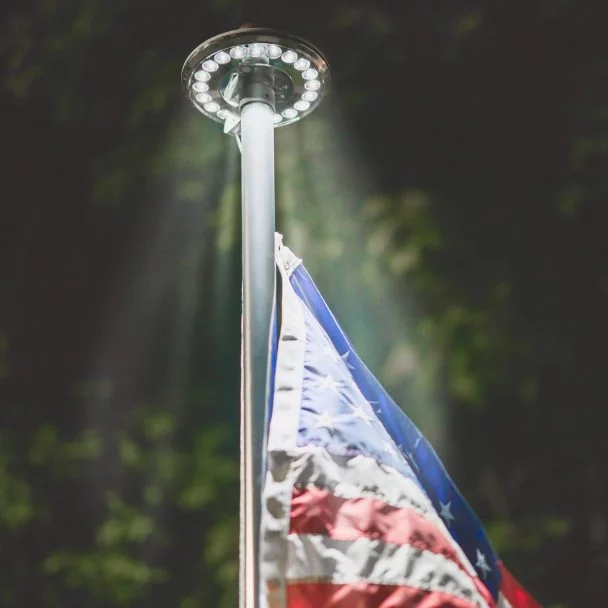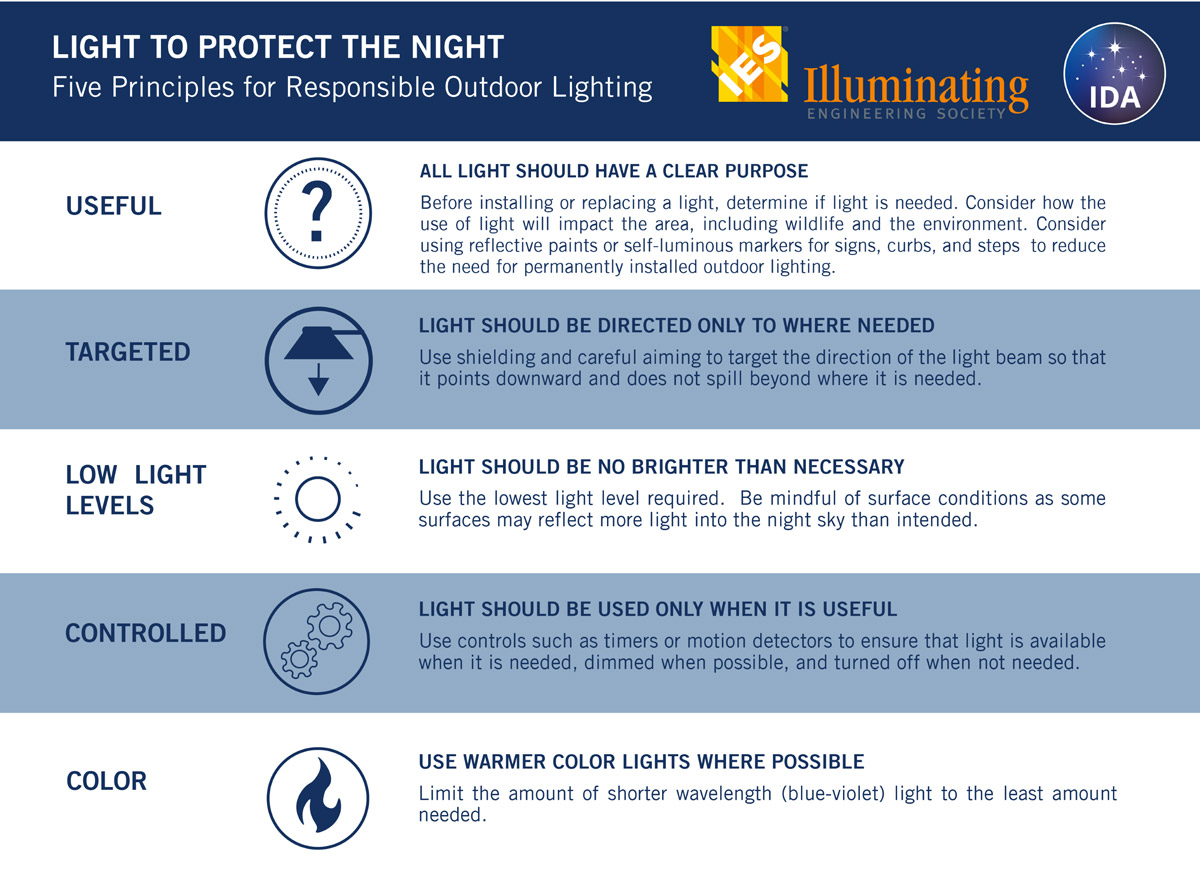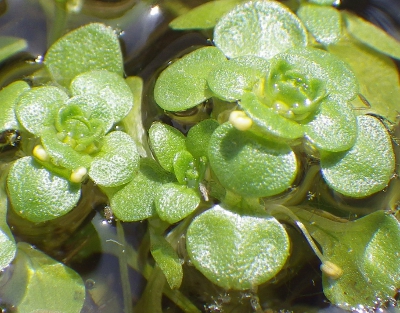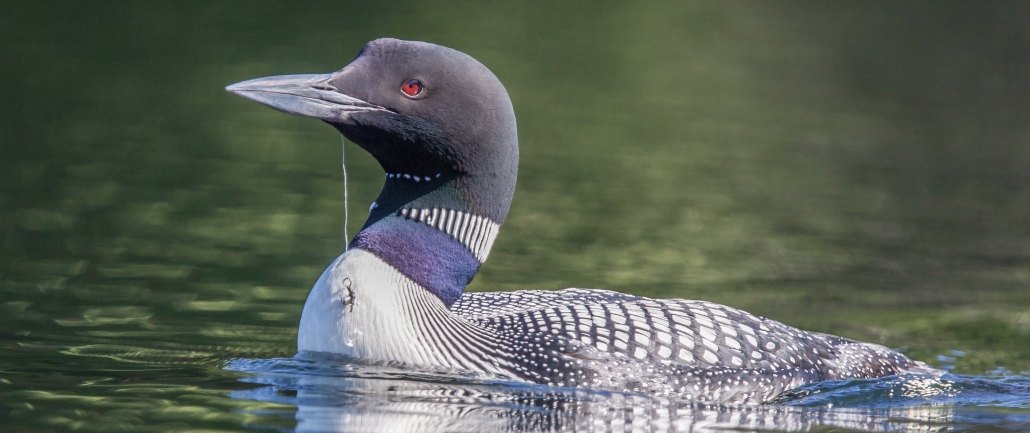Water Quality Monitoring of Province Lake
Effingham & Wakefield, New Hampshire, and Parsonsfield, Maine
2020 Report - Published Online on July 23, 2021
Sponsored by:The Carriage House |
No sampling of Province Lake was conducted during 2020 due to pandemic restrictions, so this year’s Province Lake water quality report will focus on the bigger picture, things that did not fit into the already-long previous years’ reports.
The Province Lake Association (PLA) often points out that Province Lake is listed as "Impaired" by New Hampshire Department of Environmental Services (NH DES). It is a technical word, so I will try to give some perspective and meaning to it in this report. A 2012 Supplemental Report took a deep dive into the meaning of impairments. That report includes much detailed work by NH DES staffers Sally Soule and Ken Edwardson, as well as by Sara Steiner, then of the Volunteer Lake Assessment Program (VLAP). I will make reference to it below in parts, but it is worth reading in whole. All of the concepts discussed therein are still valid today.
USER NOTE: Many of the terms in this report include hyperlinks to related web sites. By clicking on most of the underlined terms, you can access additional information. Clicking on most photos and the tables will get you a larger version with wider angle and higher resolution. To get back to the report from a photo or anywhere else a link took you, click the back arrow on your browser or [ALT]+[←] on your keyboard.
From the 2020 Draft Consolidated Assessment and Listing Methodology (CALM) (edited for brevity):
"The Federal Water Pollution Control Act, commonly called the Clean Water Act (CWA), requires each state to submit two surface water quality documents to the U.S. Environmental Protection Agency (US EPA) every two years. Section 305(b) of the CWA requires submittal of a report (commonly called the "305(b) Report"), that describes the quality of its surface waters and an analysis of the extent to which all such waters provide for the protection and propagation of a balanced population of shellfish, fish, and wildlife, and allow recreational activities in and on the water. The second document is typically called the "303(d) List," which is so named because it is a requirement of Section 303(d) of the CWA. The 303(d) List includes surface waters that are:
- Impaired or threatened by a pollutant or pollutant(s).
- Not expected to meet water quality standards within a reasonable time even after application of best available technology standards for point sources or best management practices for nonpoint sources.
- Require development and implementation of a comprehensive water quality study (i.e., called a Total Maximum Daily Load or TMDL study) that is designed to meet water quality standards.
"The CALM describes the process used to make surface water quality attainment decisions for 305(b) reporting and 303(d) Listing purposes. It includes the methodology for assessing and listing waters (a term used to describe the process for placing waters on the 303(d) list)."
I will lead off with a table that displays the Parameter Categories for the six Designated Uses from the CALM. The 305(d) documents list impairments for all waters in New Hampshire, without going into much detail for each. "Scorecards" produced by NH DES go into great detail for all assessment units in each watershed. The tables below summarize information from the Scorecards for the various years. The blocks are color-coded using the state's system, with the state's descriptions of the codes displayed below. The state's lists are issued every 2 years and take a long time to finalize. For instance, the 2018 list was not approved by the EPA until 25 Feb 2020. Therefore, the 2020 designations presented herein are still considered "draft".
Reading from left to right in the table, as time goes by, the parameter code is underlined if it is changed from the prior column. The text below will concentrate on these changes.
The first thing to know is that "2-G" is the highest quality rating, described as "Supports parameter well above criteria". Ratings range from 2 (best) to 5 (poorest), with G = Good, M = Marginal, and ND = No Data.
Drinking Water After Adequate Treatment
Province Lake has maintained a 2-G rating as a potential water supply throughout the period of available ratings, 2008-2020. The rating is based on analysis for E. coli and sulfates. It assumes standard treatment of the water before use and does NOT mean it is safe to just drink the water as-is!
Primary Contact Recreation (swimming)
Province Lake had a 2-G rating during the 2008 and 2010 cycles. Then Province Lake experienced its first reported bloom of cyanobacteria in September 2010, as described in detail in the 2010 PLWQ report. As shown in the sub-table below, the overall rating is based on analysis for E. coli and chlorophyll-a, as well as the occurrence of cyanobacteria blooms. The chlorophyll-a concentration has never been a factor with regard to swimming. E. coli has not been analyzed at the Deep Spot since 2009, since DES has no reason to expect it to be an issue, and the shoreline samples were acceptable or due to wildlife. Province Lake is rated as marginal for swimming primarily due to the occasional cyanobacteria blooms, as can be seen below.
Question 2 of the 2012 Supplemental Report also addressed cyanobacteria and swimming.
Secondary Contact Recreation (boating)
The only parameter used for rating the water quality of the lake for boating is E. coli, so you can see that the overall rating in the top table reflects exactly the E. coli ratings in the above sub-table. This unfortunately can give the appearance that there has been a downgrading of the water quality from 2-G. But it really is just a reflection of the fact that E. coli is not considered an issue, so has not been analyzed at the Deep Spot since 2009. Therefore, there exist no data recent enough to confirm a 2-G rating. The PLA/UNH sampling partnership should consider sampling for E. coli in the Deep Spot this year (and maybe every 2 years henceforth), simply to create the possibility that a 2-G rating could be restored, then maintained, in future NH DES listings.
Wildlife
No parameters are listed for the evaluation of the Wildlife category. There are no data (ND) across the board, 2008 to present. I found this to be very odd, so investigated further and found that Section 3.1.2 of the draft 2020 CALM states:
"there are six designated uses in Env-Wq 1707.17. Each of these designated uses, with the exception of wildlife, was assessed for this reporting cycle. An assessment methodology for wildlife has not yet been developed, but will be included in future assessments."
Fish Consumption
Province Lake is listed as impaired for mercury in fish, but so is literally everywhere else in the state. Note 3 of the 303(d) list states:
"3. By this note, all marine surface waters in New Hampshire are also included on this list due to statewide fish/shellfish consumption advisories issued because of mercury levels in fish/shellfish tissue. To keep the size of this list manageable, mercury impairments for fish/shellfish consumption are not shown."
You can find the 2020 New Hampshire Fish Consumption Guidelines HERE. Fortunately, Province Lake is not singled out for special attention, but the guidelines are well worth reading. They even include all saltwater fish, shellfish, and commercially available fish. To my surprise, it even says that NO ONE should eat lobster tomalley (the green substance in lobster).
Two fish from Province Lake tested in 2009 were shown to have safe mercury levels, but just two fish cannot be assumed to be sufficiently representative of all fish in the lake, especially since 11 years have passed since those fish were caught. It's better to be cautious and do catch-and-release, which makes for better fishing anyway, not to mention leaving food for the loons and bald eagles.
If you really want to know much more, NHDES has completed mercury analyses on the muscle tissue of 4,100 freshwater fish representing 26 species collected from 227 waterbodies (including our 2 fish). A 51-page report summarizing these data was completed in 2018 and is available on the NHDES website (NHDES report #R-WD-17-22), as mentioned in the 2019 NH DES Factsheet "Mercury in the Environment". A 3-page summary document of the 51-page report is available HERE.
Question 1 of the 2012 Supplemental Report also addressed the issue of mercury in fish.
Aquatic Life Integrity
This brings us to the final designated use, Aquatic Life Integrity, which is judged on the basis of 8 parameters, far more than any other designated use. See the sub-table below.
pH (Acidity)
You can start off by observing that Province Lake received a 4A-M rating in 2008, based on the 4A-M rating it received for pH. "4A" means "Impaired/TMDL Completed". The "M" means "Marginal", the least severe level of impairment. TMDL means "Total Maximum Daily Load"”, which is explained on THIS NH DES web page. Province Lake is #26 on the TMDL dated September 2007.
The TMDL may be interesting reading for some, but this first paragraph of Section 2.1 describes the problem well:
"Acid deposition (commonly called acid rain) is an important factor in determining the water quality of many ponds in northern New England. Acid deposition occurs when emissions of sulfur dioxide (SO2) or nitrogen oxides (generically referred to as NOx) react in the atmosphere with water, oxygen, and oxidants to form acidic compounds. These compounds are carried varying distances from their source and are deposited as precipitation (rain, snow), as fog, or as dry particles (dust or dry deposition). Acid deposition is a major environmental concern for a variety of reasons, including the potential for direct (low pH) and indirect (increased aluminum) toxic impacts to aquatic life in surface waters."
The 4th paragraph of Section 2.1.1 continues, in part:
"The primary source of acidity to these lakes is from wet and dry atmospheric deposition. As previously noted, the ultimate source of this atmospheric acidity is air emissions, primarily from fossil fuel burning power plants and motor vehicles. While these emissions can originate both within New Hampshire and outside the state and region, the mid-western region (the seven states of the Ohio River Valley) of the United States emits the greatest amount of sulfur and nitrogen oxides of any region in the nation."
In summary, Province Lake is listed as impaired for Aquatic Life Integrity at least since 2008 due to pH, but it is caused by acid rain, over which we have no realistic local control. Question 4 of the 2012 Supplemental Report took a very deep dive into the issue of pH and whether or not Province Lake can be delisted for this Parameter, based on favorable pH data in recent years.
Alkalinity
Alkalinity is the capacity of water to resist acidification. It is primarily a function of local geology. In the simplest terms, a limestone region will have high alkalinity and a granite region like ours will have low alkalinity. You may consider it an important factor leading to our pH impairment, then otherwise ignore it as something we have no influence over.
Chlorophyll-a and Total Phosphorus
In 2010, Province Lake got downgraded from 4A-M to 5-M, where "5" means "Impaired/TMDL Needed" and "M" means "Marginal".
Chlorophyll-a and total phosphorus were added that year as reviewed parameters and in both cases were given 5-M ratings. I asked NH DES back in 2013 how Province Lake had become impaired for chlorophyll-a and phosphorus when there had been no significant change in levels of either parameter since VLAP monitoring began in 1991. The answer was that DES had conducted a statewide study, issued 1/22/2009 and no longer available online, which had developed listing criteria for these parameters, so 2010 was the first year ANY waters were listed for these parameters. Province Lake exceeded the new criteria, so it was listed at that time for those parameters. In both the 2014 and 2020 lists, 66 water bodies were so listed.
So, for chlorophyll-a and phosphorus, this was not actually a change in the lake. Only by 2009 did NH DES have sufficient data to establish criteria to list waters based on these parameters. If DES did such things, they could probably have listed Province Lake as impaired retroactively back to 1991 for these two parameters.
Comparing the 2 sub-tables above, you may notice that the chlorophyll-a parameter got the best rating (2-G) for Primary Contact Recreation, but a poor rating (5-M) for Aquatic Life Integrity. These ratings were given based on the same concentrations from the same samples. How could this be? In fact, the rating criteria are different for the different designated uses, so there is no error. Question 5 of the 2012 Supplemental Report addresses that apparent discrepancy.
There are additional complications, addressed in Question 6 of the 2012 Supplemental Report. Total phosphorus is considered a "stressor" parameter, meaning it is the potential cause of an impairment. Chlorophyll-a is considered a "response" parameter. An impairment rating is not triggered for a designated use unless chlorophyll-a does in fact exceed a certain criterion because of the elevated phosphorus. In the case of Province Lake, it did.
Question 6 also gets into the issue of trophic designations and their use in determining what criteria to use in evaluating the impairment. Question 7 of the 2012 Supplemental Report explains the trophic classifications. The three trophic surveys by NH DES mentioned in the answer to Question 6 are provided for you below. They are interesting reading in their own right, even including water quality data in the pre-VLAP era and aquatic weed maps of the time.
Dissolved Oxygen
In 2010, this parameter went from the best rating (2-G) to 3-PAS (Insufficient Information/Potentially Attaining Standard). This turns out to have been a proper correction, as explained in Question 3 of the 2012 Supplemental Report.
For anyone who wants to take a serious look into all the technical details of how the category ratings are decided for all the parameters and designated uses, you may download the Draft 2020 New Hampshire Consolidated Assessment and Listing Methodology (CALM) HERE (117 pages).
The following table gives you access to all of the NH DES documents discussed. The 305(d) documents list impairments for all waters in New Hampshire, without going into much detail for each. The Scorecards go into great detail for all assessment units in each watershed. In our case, Province Lake falls within the South River watershed (HUC 12). I have provided for your convenience the complete scorecard for each year, as well the individual page (out of 12) for just Province Lake.
| 303(d) List – from this web site | 2012.pdf | 2014.xls | 2016.pdf | 2018.xls | 2020 Draft.xls | ||
| 303(d) List – from NH DES web site | 2012.pdf | 2014.xls | 2016.pdf, 2016.xls | 2018.xls | 2020 Draft.xls | ||
| 303(d) List – Province Lake page only | 2008 | 2010 | 2012 | 2014 | 2016 | ||
| Scorecard – from this web site | 2008 | 2010 | 2012 | 2014 | 2016 | 2018 | 2020 Draft |
| Scorecard – from NH DES web site | 2008 | 2010 | 2012 | 2014 | 2016 | 2018 | |
| Scorecard – Province Lake page only | 2008 | 2010 | 2012 | 2014 | 2016 | 2018 | 2020 Draft |
Statement from the PLA regarding 2020 sampling (3/16/2021):
"No PL water quality data were collected given NH State Covid Restrictions and UNH protocols during the 2020 season. The PLA Board's first concern is keeping everyone safe during the pandemic. I am hopeful that this coming season will allow for data collection in a safe manner."
2020 Cyanobacteria Bloom Report
[Photo by NH DES, courtesy of the PLA, 2012]
The following NH DES official narrative on cyanobacteria was extracted from the NHDES 2020 Surface Water Quality Assessment Viewer, accessed on 6/27/2021:
| 2020: Cyanobacteria advisories were issued in 2018 and 2019. Photos have helped first identify the surface and shoreline accumulations which are most often comprised of anabaena/dolichospermum. On 7/25/2019, samples confirmed cell concentrations as high as > 1 million cells/ml in some areas and an advisory was issued, lasting 6 days. The advisory in 2018 was issued on August 6, lasting 10 days. It is evident that this lake periodically experiences surface blooms of anabaena/dolichospermum and has for several years. Most often the blooms do not persist much longer than a week or two. However, there is a consistent population which also sometimes accumulates along shorelines beyond the critical period (as late as the end of November in 2017). The cyanobacterial bloom occurred in elevated concentrations that significantly interfered with the primary contact recreational use of the lake. Therefore, Province Lake (NHLAK600020902-01) has been kept in category 5-M for Cyanobacteria Hepatotoxic Microcystins for the Primary Contact Recreation Designated Use. |
| 2018: Additional lake warning/beach advisory issued in 2018 based on photo documentation. |
| 2016: Although, NHDES does not have any recent samples, UNH has been extensively sampling this site and blooms are ongoing. |
| 2014: Additional blooms and warnings in 2013. |
| 2012: Lake warning: 2010. Bloomed widely in 2012. |
Clearly, the above narrative is retrospective, so does not tell us what happened in 2020. The following is what I was able to reconstruct for 2020; corrections are welcome:
I subscribe to the NHDES Beach Bacteria and Cyanobacterial Bloom Advisory Newsletter, as you also can do by joining at NHDES E-Mail List. The final issue of the year listed all cyanobacteria activity during the swimming season; Province Lake was not listed.
A PLA "Summer Season Report" email on 9/25/2020 reported: "After inspecting several areas, we are happy to report we have not had a significant cyanobacteria bloom thus far this year. We continue to be vigilant and please report a bloom should you observe one."
... So it appears that 2020 was a good year for Province Lake avoiding cyanobacteria blooms.
Not everyone was so lucky. According to a letter from NH Lakes, someone got very sick from a cyanobacteria bloom in Lake Kanasatka in Moultonborough in 2020. This shows it can happen, so caution is always advised if you see a bloom.
I have not done this, but you can follow the NHDES Beach Advisories Twitter Feed for updates on fecal bacteria and cyanobacteria advisories.
Without signing up on anyone's list, you can check on "Current Cyanobacteria Bloom Advisories" at the bottom of THIS WEB PAGE, titled "Current Beach Advisories". A great page to bookmark right now, while you are thinking about it.
- Citizen Science -
Perhaps you have noticed that I have been making parts of this web site into a bit of a hub for citizen science activity. Here I will give a brief summary of the things that can be found on the tab labelled "NEW Citizen Science Page".
The Province Lake Secchi Club
The Province Lake Secchi Club has been formed for 3 reasons:
- To allow the general Province Lake community to become more involved in measuring the water quality of the lake, not leaving the efforts entirely up to a few very dedicated individuals in the Province Lake Association and at UNH.
- To help ensure that there is water quality data collected every year, despite circumstances.
- To create a far more detailed dataset by sampling much more than once per month, as was done 1991-2019. Additional data will be collected on weather conditions and boat traffic to see how those affect Secchi readings. A more detailed dataset might be useful to those analyzing what conditions correlate to cyanobacteria blooms in the lake.
The Club is just barely getting started, but at least one member (in addition to me) has invested in the necessary equipment and has helped set up the documentation system. A Secchi disc I ordered was back-ordered for about 2 months, so be aware there can be delays. I urge you to check the page and consider getting involved. It can be another great excuse to get out on your boat!
The new Province Lake Secchi Club is independent of and has no affiliation with the PLA. The email address for the Secchi Club is province-lake-water@cox.net .
Dark-Sky Protection at Province Lake
It is true that this web site was created for the purpose of covering the water quality of Province Lake. In other words, to cover water pollution. When cyanobacteria blooms turned up starting in 2010, water pollution was made evident. But when there are no blooms, water pollution is only apparent by way of chemical testing or by looking down into the water (such as by using a Secchi disc) to see how deep you can see. Effects of water pollution generally take a long time to develop. Dealing with water pollution is a long complicated process that can involve watershed management plans (such as the PLA has done) and earthworks (such as AWWA has done).
Light pollution is the polar opposite. It can happen instantly at the flip of a switch. It is obvious to you if you are standing in the light trespass zone. No instruments are needed to know that the glare is affecting your night vision and your view of the stars and Milky Way. If you are close enough to the light fixture, it is easy to see the cloud of insects that have been attracted to it and will die as a result. You will not be able to see the fireflies. The fireflies will not see each other either, so the ones in the impacted zone will not mate, leaving ever fewer fireflies to add wonder to the night for your kids.
Unlike water pollution, light pollution can be stopped instantly, ideally at the flip of a switch. When someone is present who needs to see something, light pollution can be reduced by using properly shielded fixtures so that direct lighting does not go into the sky or past your property line or dock. Light sources can be chosen that are no brighter than is necessary. If security is your concern, motion sensors have stood the test of time for that function. Being startled by sudden bright lights (even properly shielded) is far more effective than having your property lit up like a 24-hour gas station. If you wish to illuminate a flag left flying at night, there are solar powered LED lights that install at the top of a pole and shine down directly on your flag. A bright flood light at ground level pointed up at your flag and the entire sky behind it damages night sky visibility for everyone a long way around.
I have teamed up with astronomy professor and local resident Bernie Reim on this project to protect the dark skies we enjoy around Province Lake. I encourage everyone to participate by reading the following principles and taking steps to try to meet them. You and everyone else will benefit. In most cases, you can make great strides with minimal effort. Rather than costing you money, you are sure to have net savings on your electric bill.
Frog Watch
It is now past the virtual training season, but I hope some of you took the opportunity in March to use Frog Watch to learn about the at least 6 frog and toad species we have around Province Lake . If you have taken the next step and started to monitor active locations and report them on the Frog Watch web site, then great! I have been monitoring up to 6 locations in the area around the lake since 2013, when I have the chance. If there is virtual training offered again in the future, I will be sure to get out the word.
The Beech Leaf Disease Symptom Tracking Survey
of the Forest Health Project
This project is regional in scope, not local. The actual project operates out of Cleveland Metroparks (CMP) in Ohio. The project site here is a licensed recruitment and training site for that CMP project, to greatly increase its reach and to make CMP's app much easier to use. Anyone local is encouraged and welcome to join, but I have recruited participants as far away as North Carolina, Indiana, and Wisconsin. One of my recruits made the first discovery of beech leaf disease (BLD) in Gloucester, Massachusetts (photo at left) recently. Anywhere you may go that has beech trees is a great place for you to survey for this emerging disease that is ultimately fatal to the trees. The project is well suited to citizen scientists because the disease can easily be spotted by just looking up at the beech leaves against the background of the sky. Fortunately, I have not found BLD in our area, although beech BARK disease is nearly ubiquitous (photo at right in Wakefield).
Callitriche stagnalis in Province Lake
This page is not so much about a citizen science project you can do as a report about a citizen science project that happened, aided by several professional botanists. There is nothing new there, but if you have not read it before, I hope you will find it informative. Fortunately, as invasive plants go, Callitriche stagnalis is relatively delicate. My understanding is that people local to this ongoing infestation use information on this page as part of their annual management efforts.
iNaturalist
This is a bonus that is not included on the citizen science page. I have been using iNaturalist for about a year and love it to bits!
As it says on their web site: "One of the world's most popular nature apps, iNaturalist helps you identify the plants and animals around you. Get connected with a community of over a million scientists and naturalists who can help you learn more about nature! What's more, by recording and sharing your observations, you'll create research quality data for scientists working to better understand and protect nature. iNaturalist is a joint initiative by the California Academy of Sciences and the National Geographic Society."
A BioBlitz is a 24-hour event in which a group of volunteers ranging from rank amateurs to experienced professionals gather at a designated location and attempt to find and identify as many living things as possible. As you may imagine, a full BioBlitz is quite a production, so many organizations will run mini- BioBlitzes from time to time instead. We are fortunate that AWWA ran just such a mini- BioBlitz at Province Lake Golf in 2017, using iNaturalist to document their findings. If you join iNaturalist, then search on "plgcbioblitz" you will be able to see the 592 observations of 238 species (519 observations of 186 species with photos) reported at that event. You can search iNaturalist all sorts of ways and there is almost no limit to what you can find.
An amazing feature of iNaturalist is its artificial intelligence (AI). When you upload a high quality photo via the phone app or through the web site, the AI will analyze the photo and suggest possible identifications, often right down to species. Click on the screen shot at right to see an actual example. It gives you the means to examine the possibilities and choose what you think best matches. Your observation will then reside on the web site where people who probably know more than you can examine your photos (more is better, with different angles and zooms) and suggest their own IDs. iNaturalist also allows you to post sound recordings, although there is no associated AI for that yet. There is a tremendous amount you can learn this way!
If you are missing the usual features of the annual water quality report, don't forget that the reports from 2009 through 2019 are still resident on this web site. Please do take this opportunity to reread the 2019 report, which is chock full of information, charts, and photos, as well as write-ups about bigger environmental issues for Province Lake and its environs. Earthworms are still an insidious threat. Browntail moths are still problematic in coastal Maine and hopefully will not get this far inland. Firewood that has not been commercially treated should not be moved any distance or across state lines, to keep from spreading emerald ash borer or other wood pests. And lead fishing gear should no longer be used, for the protection of our loons from lead poisoning.
Also, to keep up on what's going on around the lake, or just to see lots of great sunrise or sunset photos, be sure to join the social Facebook group called "Province Lake, New Hampshire & Maine", which is not affiliated with the any organization. I started this group in 2010. It now has over 820 members!
THANK YOU NOTE: I want to thank Steve Craig for taking the lead on the water sampling activity since 2004. I believe Steve is retiring from that role. Thank you to Steve, and others who have helped out from time to time! The PLA partners with University of New Hampshire (UNH) Lakes Lay Monitoring Program (LLMP) and Bob Craycraft for the water quality work. PLA members assist in the coordination and collection of water samples, including providing boats to access the lake site. PLA membership dues finance the water sampling and lab analysis. Without PLA member support, this work would not be possible.
The PLA can always use more volunteers to help with sampling, etc. I have been given permission to say you are more than welcome to contact the PLA directly at president@provincelake.org if you want to help them with water quality work, weed watching, or anything else.
If you contact me (at province-lake-water@cox.net) to express interest in volunteering, I will also pass on your information. You do not need to be a member of the PLA to volunteer, and have no obligation to join if you do volunteer, although new or returned members are always welcome.
Thanks for your interest,
Norm Dudziak, P.E., I.M.
See general Province Lake statistics HERE.
This photo is of the South River immediately upstream of Lost Mile Road, where beavers have dammed up the culvert under the road. This water will eventally flow into Province Lake, but in the meantime it helps somewhat to keep our lake level from being higher than it is, helping to protect our shoreline from erosion. HERE is a slightly different view.
Legal Disclaimer: I am a degreed environmental engineer, licensed in Maine and other states, but my communications on this topic are educational
in nature. Due to my professional engineering licenses, I am required to say that this communication does not constitute engineering work, even when
using my engineering knowledge. I do not speak for anyone but myself, in the form of my company,
E and I Services, LLC.
Terms of Use: Anyone is allowed, even encouraged, to link to this page. However, no one is
authorized by the author
or by E and I Services, LLC to copy the content and post it on another web site.
This web site is owned by E and I Services, LLC and has no affiliation with any other organization.
Copyright © 2021 - 2024 by E and I Services, LLC. Copyrights apply to photos resident on this web site, except as noted or if the photos are presented
by linkage to another web site. All rights reserved.


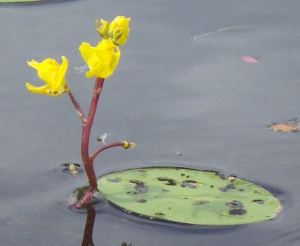



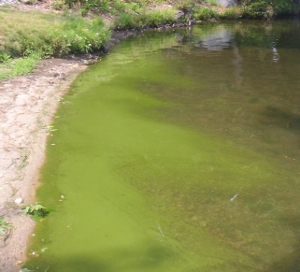
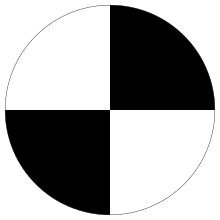
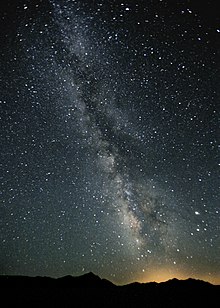
/https://public-media.si-cdn.com/filer/5f/1b/5f1b2518-d6b9-4f10-b189-59e445535889/gettyimages-591778870.jpg)
